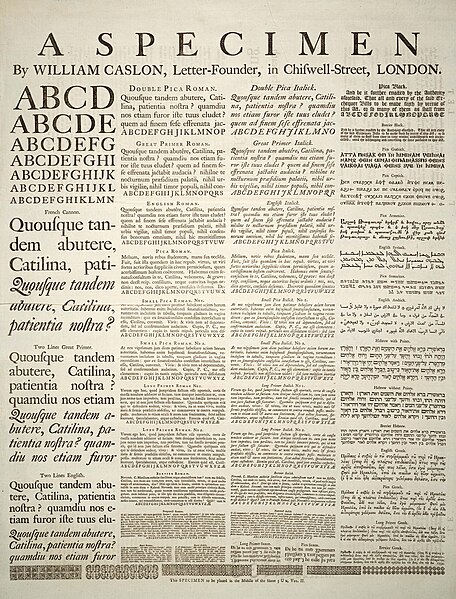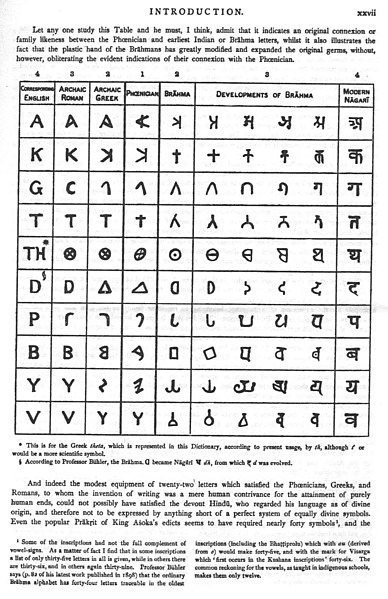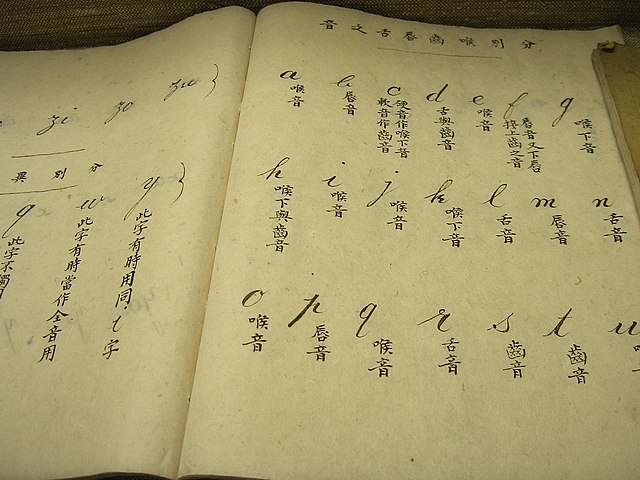Written Chinese is a writing system that uses Chinese characters and other symbols to represent the Chinese languages. Chinese characters do not directly represent pronunciation, unlike letters in an alphabet or syllabograms in a syllabary. Rather, the writing system is morphosyllabic: characters are one spoken syllable in length, but generally correspond to morphemes in the language, which may either be independent words, or part of a polysyllabic word. Most characters are constructed from smaller components that may reflect the character's meaning or pronunciation. Literacy requires the memorization of thousands of characters; college-educated Chinese speakers know approximately 4,000. This has led in part to the adoption of complementary transliteration systems as a means of representing the pronunciation of Chinese.
A 12th-century Song dynasty redaction of the Shuowen Jiezi
Chinese written from top-to-bottom on restaurant and bus stop signs in Hong Kong
A turtle plastron bearing oracle bone inscriptions
樽; Fāngzūn wine container – inscription commemorates a gift of cowrie shells.
A writing system comprises a particular set of symbols, called a script, as well as the rules by which the script represents a particular language. Writing systems can generally be classified according to how symbols function according to these rules, with the most common types being alphabets, syllabaries, and logographies. Alphabets use symbols called letters that correspond to spoken phonemes. Abjads generally only have letters for consonants, while pure alphabets have letters for both consonants and vowels. Abugidas use characters that correspond to consonant–vowel pairs. Syllabaries use symbols called syllabograms to represent syllables or moras. Logographies use characters that represent semantic units, such as words or morphemes.
Written Chinese uses morphosyllabic characters assembled from phonetic and semantic components in order to encode the spoken language
A Specimen of typefaces and styles, by William Caslon, letter founder; from the 1728 Cyclopaedia
Table of scripts in the introduction to Sanskrit-English Dictionary by Monier Monier-Williams.
This textbook for Puyi shows the English alphabet. Although the English letters run from left to right, the Chinese explanations run from top to bottom then right to left, as traditionally written.








